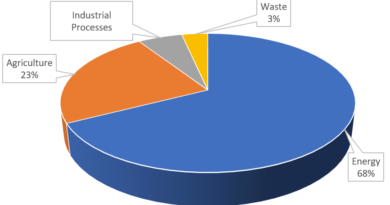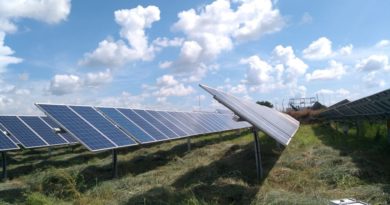Self-Reliant ( Atmanirbhar आत्मनिर्भर) Alternative Energy Source
As a part of SolarPost’s continuous endeavor to promote Sustainable Energy Solutions, this post will explore a biofuel as an alternative to coal. It has a true potential to make the country self-reliant as a clean fuel source. The conversion of biomass to Torrefied Fuel/Charcoal is being discussed here.
As on 17th Dec 2020, according to Central Electricity Authority (CEA), Coal based power generation is still 53.3% of the total installed power generation capacity in India and it is being said that the half of the total electricity generation will come from Coal only till 2030 even though new coal-based power plants are not added further.
There are several possibilities as an alternative energy sources like Solar, Wind, Hydro, etc. to use and decarbonize the economy but these are not only intermittent but mostly dependent on other countries for the supply of key plant components.
Biomass sources are considered as a renewable fuel; can remove the problem of intermittency present in other renewable sources. The Biomass sources have been explored as an alternative fuel but found that most of thesesources are not rightcandidate touse or replace the coal. It mostly suffers from the disadvantages like lower calorific value, high moisture content, and low density.
But it has been found that the biomass or a mix of biomass can be transformed into a product with greater added value if pre-processed using thermochemical conversion technologies such as torrefaction. And this is called Torrefied charcoal which can be the homogenization of different biomass materials and brought close to the physico-chemical properties of mineral coallike heating value, lower moisture content, as well as other properties such as hydrophobicity and grindability. It also allows the usage of same systems/infrastructure as is being used in the coal-based power plants such as co-combustion with pulverised coal.
This process can make the conventional power generation clean and self-dependent. The challenge is to make this torrefied charcoal production economically viable and sustainably. Also, it would be worth to see how the production can be made decentralized and of various production capacities so that that the generated clean fuel can be utilized not only for the power plants but also to other industries and applications.
This torrefied charcoal usages have vast potential like to increase rural income and entrepreneurship, provide local employment, cleaning the air by eliminating farm fires through using the agro-residue and also to generate enormous renewable energy in the existingcoal-based power infrastructure. The Power Generating Companies like NTPC is already at the forefront of exploring this possibility as co-firing with coal to reduce greenhouse gas emission from its coal-based power plants through the usages of agro residue-based pellets/ torrefied pellets. This is a technology recognized by UNFCCC to mitigate carbon emission.
This technology has also potential to convert the municipal solid waste into torrefied charcoal which is already in considerations by some of the municipalities under waste to energy program. Whether you call it Torrefied Fuel/Charcoal, Green Charcoal or Bio-Coal, it has true potential to be a sustainable energy source and make us AtmaNirbharBharat in the Energy front.
References :-
- Power Sector at a Glance ALL INDIA | Government of India | Ministry of Power (powermin.nic.in)
- Torrefied Biomass as an Alternative in Coal-Fueled Power Plants: A Case Study on Grindability of Agroforestry Waste Forms- Leonel J. R. Nunes



